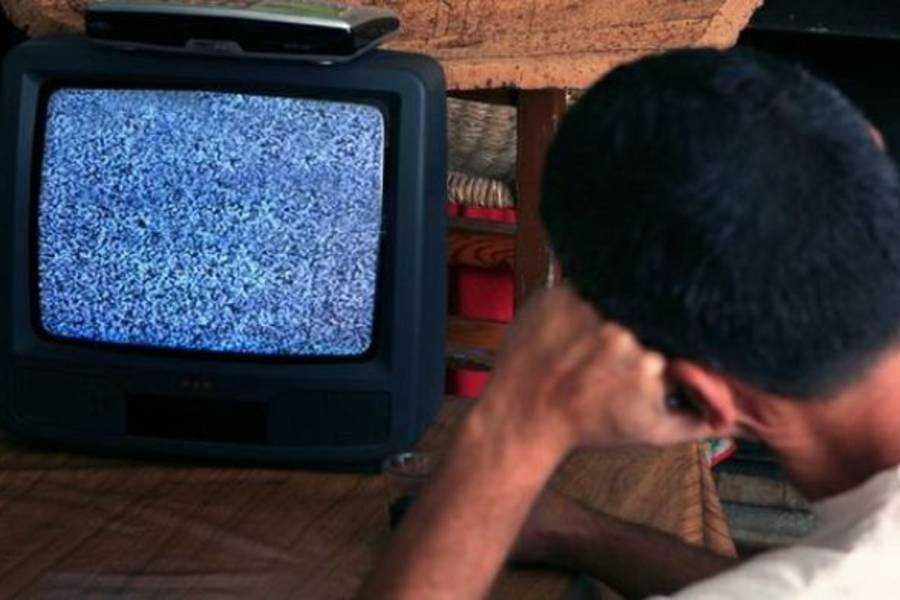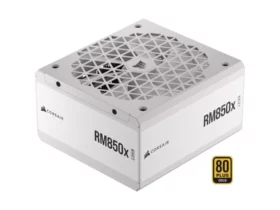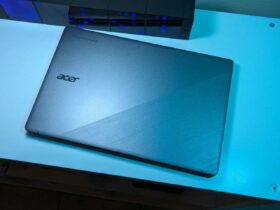How do you know if your TV or your decoder is compatible with the new digital terrestrial standard 2 (DVB T2)? If you are in doubt or have lost the user manual there is a simple procedure to make sure you can receive the new channels before the change takes place.
Starting from next year, the transition to digital terrestrial 2 (DVB T2) will take place throughout Italy, which will allow the transmission of higher quality content, thanks to the new HEVC codecs, including the possibility of receiving even 4K video streams that can make the most of modern high-resolution OLED and LCD TVs – as long as broadcasters are able to take advantage of the new possibilities. If you want to know more about the new digital terrestrial 2 (DVB T2) you can consult our piece, we report the main deadlines for each Italian region:
- Campania, Lazio, Liguria, Tuscany, Sardinia and Umbria will join on: 1st January – 31st May 2020
- Lombardy (except the province of Mantua), Piacenza, Piedmont, Trentino-Alto Adige and Valle d’Aosta, will join on: 1st June – 31st December 2020
- Catanzaro, Reggio Calabria, Sicily, Vibo Valentia will join on: January 1st to June 30th 2021
- All the rest of Italy will join on: September 1st – December 31st 2021
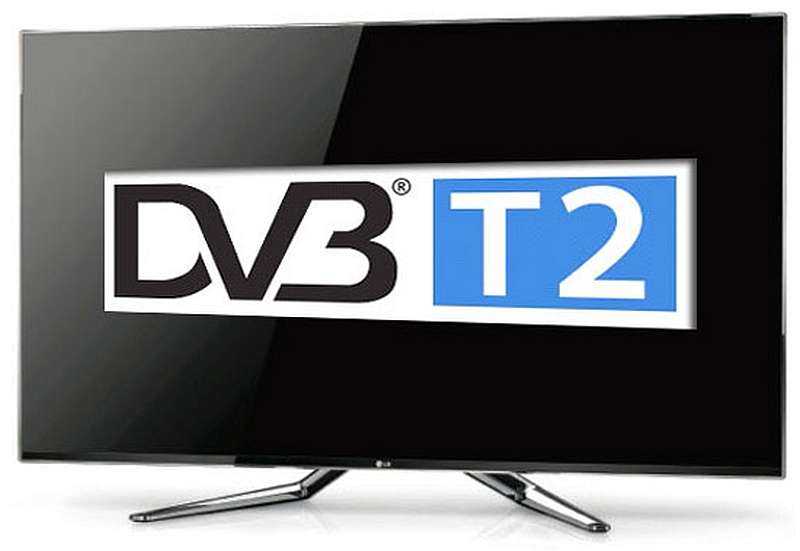
Digital Terrestrial 2 (DVB T2): how to understand if TV and decoder are compatible
But does that mean everyone will have to change TVs or decoders? No, of course. There is an easy way to tell if your TV or set-top box is compatible with digital terrestrial 2 (DVB T2). First of all those who have bought a TV recently will have to worry relatively: by law all TVs sold after January 1, 2017 they must be compatible with the new standard. However, many low-to-mid-range models are not compatible with the 10-bit H265 / HEVC standard, which could create problems. Generally if you have a recent TV with HDR support you can rest easy.
Those who bought a TV or decoder in the period between 2013 and 2017 must be very careful: many devices produced in this time frame are compatible with the digital terrestrial standard 2 (DVB T2), but unfortunately they do not support the new HEVC codec (apart from some models of 2016 and especially in the high end). So it means that the DVB T2 logo may appear on the manual, but still you may not be able to display the contents correctly. Instead if you bought a TV or set-top box before 2013, this will certainly not be compatible with the new standard. In short, it is not so easy to understand if your TV or decoder will be compatible with digital terrestrial 2 (DVB T2) by only reading the manual: unfortunately, to improve the efficiency of the transmissions it was also necessary to change the compression codec. Not all broadcasters will adopt the new codec – they could easily offer poor quality using the current one – but if you don’t want to be caught unprepared here is the procedure to make sure you are using a fully compatible TV or decoder.
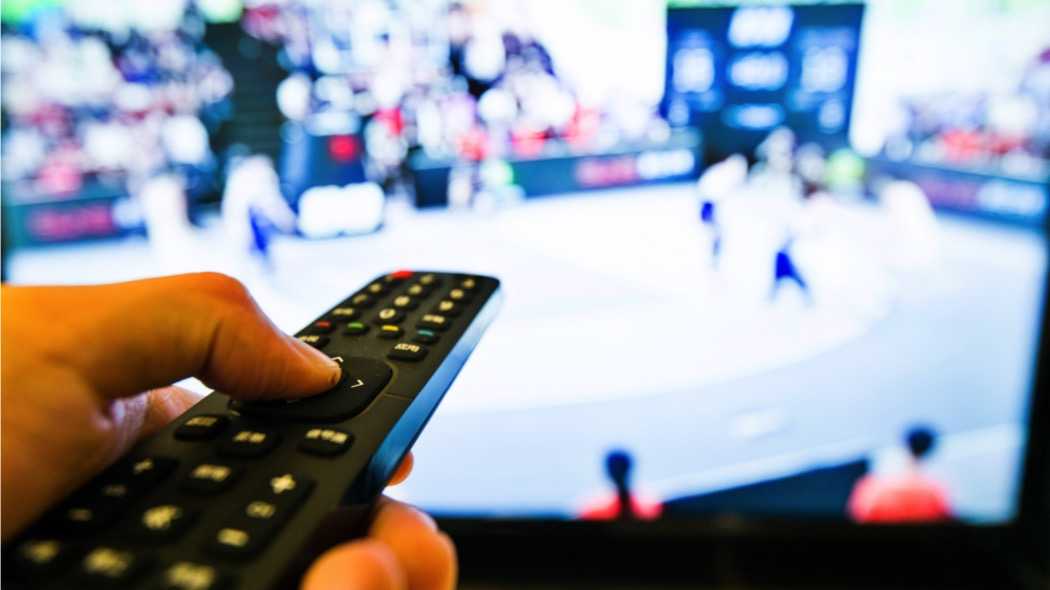
Il “Test HEVC Main10”
The compatibility test is very simple: just connect to channel 200 (Mediaset test channel) or 100 (Rai test channel). These channels have been prepared in advance to test the new transmission standard. If you see a static screen that says “Test HEVC Main10” then there will be no problem for the future: your TV or decoder is compatible with the new directives.
If nothing is displayed, do not panic: the first thing to do is try to re-tune your device. One of the following things can happen to this:
- The words “Test HEVC Main10” appear on channels 200 and 100: then no problem, you can continue to use your device without updating any components.
- Channels 200 and 100 do not tune: in this case you can deduce nothing; if you still have a recent device (from 2017 onwards) we recommend that you try to wait and try again rather than rushing to the store.
- Channels 200 and 100 are received but are occupied by another station: in this case you will have to manually move the channels and retune the device if you want to proceed with the test.
- Channels 200 and 100 are received but the screen remains black: your TV or decoder is not compatible with the digital terrestrial 2 standard (DVB T2) with 10-bit HEVC codec.
We remind you that this test on channels 100 and 200 verifies the worst case scenario, i.e. the one in which the broadcasters decide to transmit with 10-bit HEVC codec. At the current state of affairs, only RAI seems to have a serious project in the pipeline for a qualitative leap. In any case, it is likely that many channels will not exploit 10 bits, but will continue to transmit with 8-bit quality. Our advice therefore is to avoid an assault on the shops and wait to understand how the situation evolves.
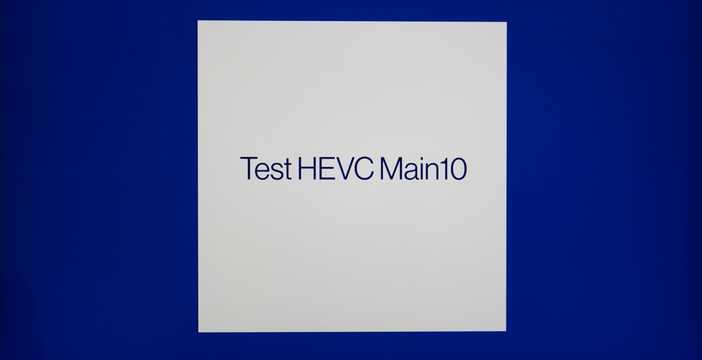
The test screen
TV bonus for updating devices
For families with ISEE income up to 20,000 euros a contribution of up to 50 euros is foreseen to adapt an old device to the new standard digital terrestrial 2 (DVB T2). The contribution will go to reimburse the expenses for the purchase of the compatible decoder. To access it, you will need to access the MISE website and download a specific form. The bonus will be disbursed by the merchant at the time of purchase who will register the applicant’s tax code at the revenue agency website. With around 150 million euros, no one should be left uncovered.
Keep following us in our hardware section and don’t miss our TV reviews, that’s it for now!






